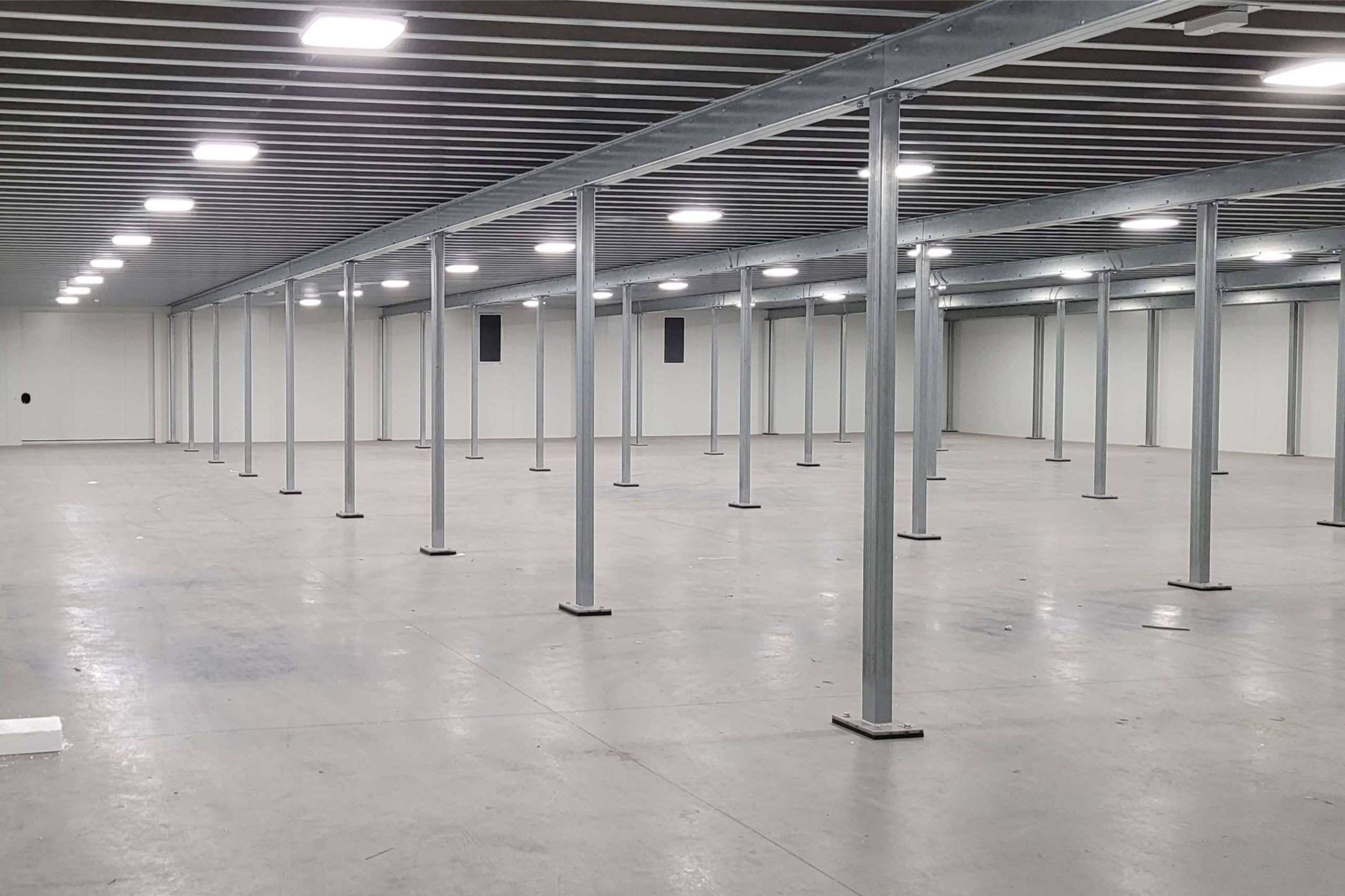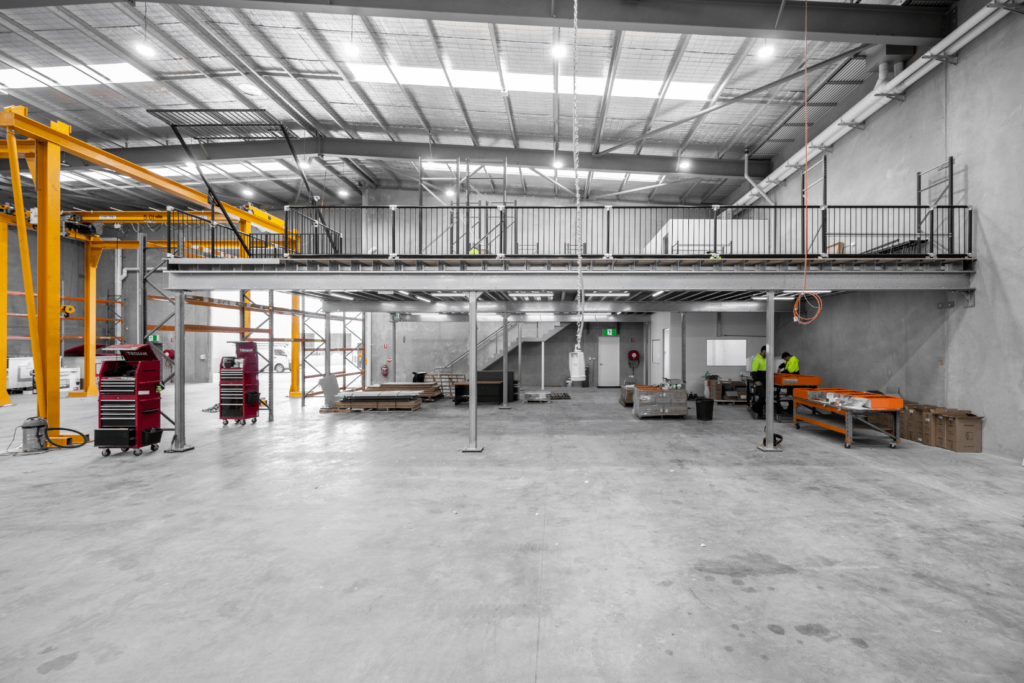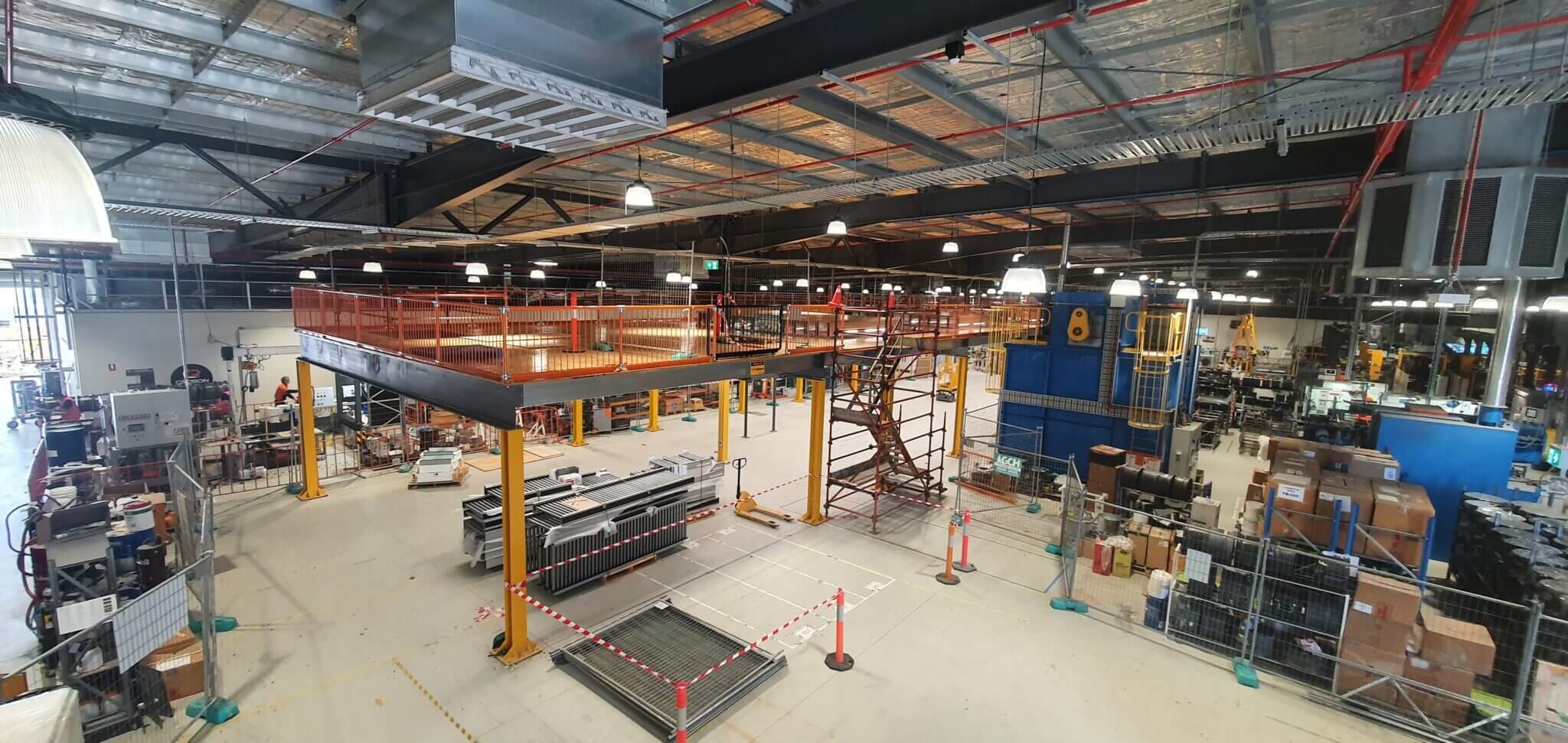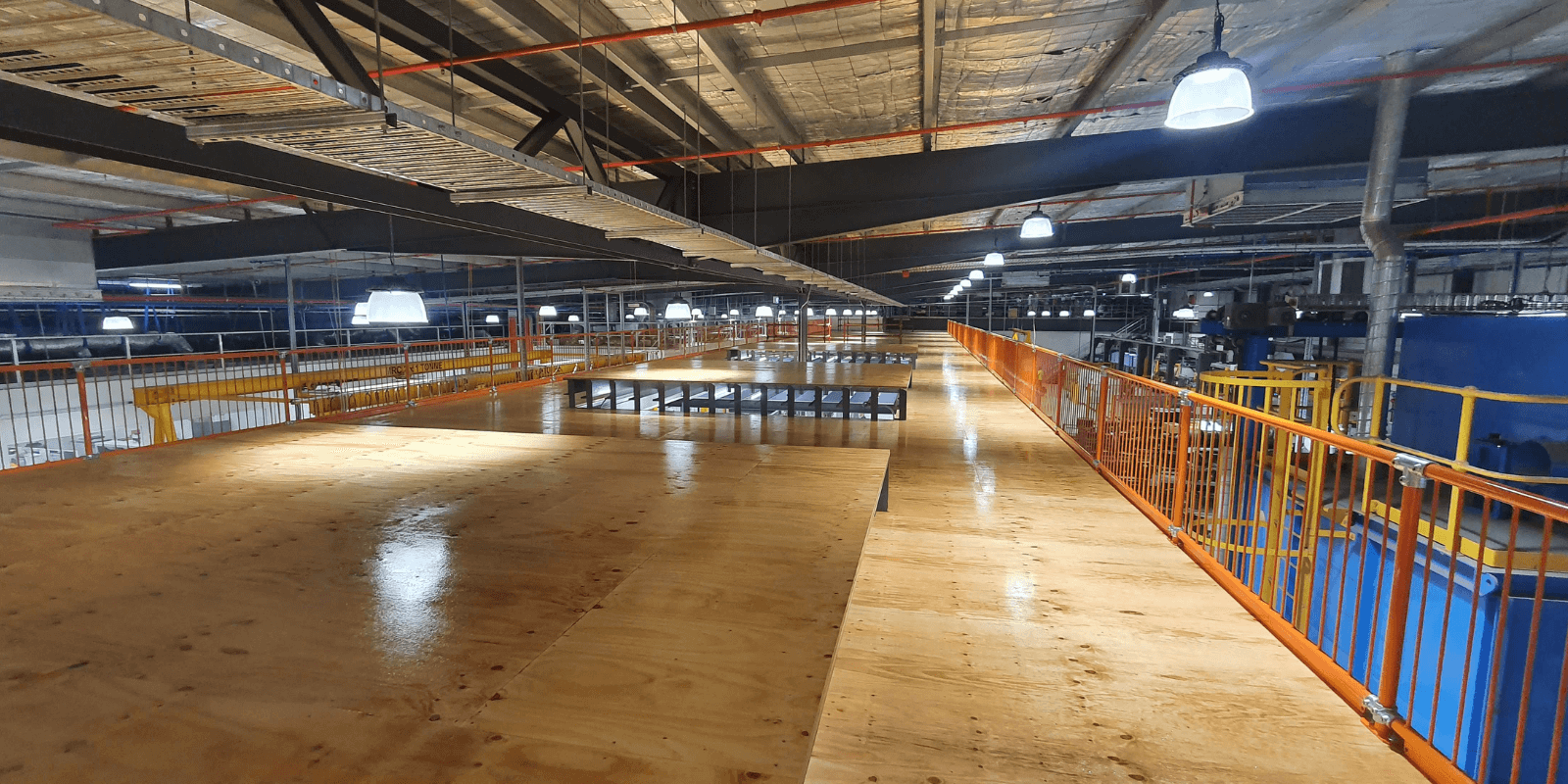Table of Contents
Key Takeaways
Foundation assessment is critically important in the construction of any mezzanine floors that are essential for maximising space in warehouses, manufacturing, and retail sectors. The selection process for the foundation, hinges upon building structure, soil condition, and intended use, with options including concrete slab-on-grade for stable soils and piled foundations for less stable conditions. Key considerations involve load requirements, environmental factors, and compliance with Australian building codes. The process includes site evaluation, regulatory adherence, site-specific analysis, and load assessment, emphasizing the engagement of structural and potentially geotechnical experts. Common pitfalls like soil variability, load underestimation, and drainage neglect are highlighted, advocating for thorough testing, accurate load forecasting, and effective drainage solutions to ensure the mezzanine’s structural integrity, safety, and durability.
Maximising Space with Mezzanine Floors
Mezzanine floors are the perfect solutions for space optimisation in diverse environments, such as warehouses, manufacturing, and retail areas. The cornerstone of a successful mezzanine project lies in the foundation. A robust foundation assessment guarantees the structure’s integrity, safety, and durability. The following guide highlights the importance of foundation assessments at the start of mezzanine project.
Exploring the Core of Mezzanine Floors
The Essential Choice of Foundation
Selecting the appropriate foundation for a mezzanine is influenced by the building’s structure, soil condition, and the mezzanine’s intended use, typically boiling down to:
- Concrete Slab-on-Grade: Ideal for stable soil, this involves pouring concrete directly onto the ground, providing a steadfast base.
- Piled Foundations: For unstable soil, piles (steel or concrete) are driven deep to reach stable layers, anchoring the mezzanine securely, especially under heavy loads or in areas with fluctuating soil conditions.
Determinants of Foundation Selection
The decision-making process involves considering:
- Load Requirements: The foundation must accommodate the mezzanine’s weight, including equipment and traffic, with heavier loads possibly requiring piled foundations.
- Environmental Considerations: Factors like moisture, frost, and seismic activity may influence foundation design to ensure stability and resilience.
Preliminary Foundation Assessment Steps
Site Evaluation
A crucial first step, involving:
- Soil Testing: Understanding soil composition and capacity informs foundation decisions.
- Site History: Insights into previous use and potential challenges are gathered.
Regulatory Compliance
Navigating Australia’s building codes and securing permits is vital:
- Building Codes: Adherence to the National Construction Code and Australian Standards is mandatory.
- Permits: Necessary for legal project commencement, involving local and possibly state authorities.
Comprehensive Foundation Assessment
Site-Specific Analysis
- Ground Conditions: Evaluating stability and any anomalies ensures foundation suitability.
- Water Table: Considerations for foundation choice, possibly necessitating waterproofing measures.
Load Assessment
Crucial for foundation selection, including:
- Dead Loads: The structure’s static weight.
- Live Loads: Variable weights such as people and movable objects.
- Dynamic Loads: Intermittent forces like machinery vibration impacting design.
Foundation Design Considerations
- Dimensions: Determining foundation depth and width based on load and soil conditions.
- Reinforcement: Additional support through steel or concrete might be needed.
Checklist Implementation
Engaging Experts
- Structural Engineers: For load assessment and design.
- Geotechnical Experts: Offering soil condition insights.
Monitoring and Documentation
- Ensuring Compliance: Continuous oversight during construction.
- Documentation: For maintenance, future modifications, and compliance verification.
Avoiding Common Mistakes
- Soil Variability: Comprehensive soil testing prevents oversight.
- Load Underestimation: Accurate load considerations with safety margins are essential.
- Drainage Neglect: Implement drainage solutions to maintain foundation integrity.
In Conclusion
A meticulous foundation assessment is paramount for mezzanine construction, ensuring structural integrity, safety, and functionality. This article provides a high-level outline of the steps for a thorough foundation assessment, emphasising professional engagement, vigilant monitoring, and strategic planning to navigate potential pitfalls. Adhering to these guidelines equips business owners and construction teams for mezzanine project success.
No Obligation Consultation -
Your Questions,
Our Expertise
Why Chat With Us?
We understand the importance of making informed decisions. This is why we offer a no-obligation consultation with our specialist consultants. Our team of experts consultants is not just knowledgeable; they are passionate about providing bespoke solutions that fit your unique needs.



